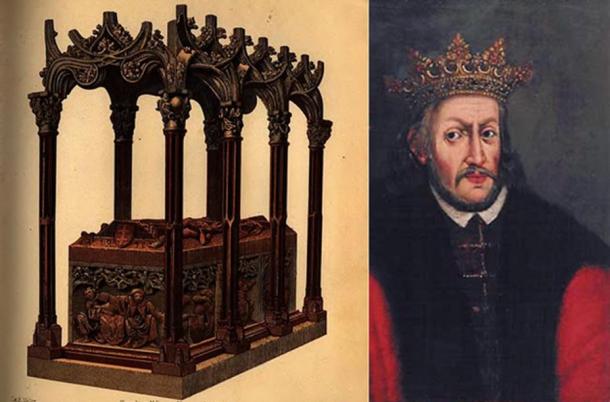Clik here to view.

When Howard Carter opened the tomb of King Tut and people who were with him started to become ill and die many thought that it was due to the curse of the pharaohs. A similar way of thinking appeared in the early 1970s in Crackow (Kraków, Poland), when a group of researchers opened the tomb of King Kazimierz Jagiellończyk, known also as Casimir IV Jagiellon.
In 1973, four of the twelve people in the group of archaeologists passed away shortly after the tomb of the king was opened. The media likened the story to the incidences which happened 50 years earlier in Egypt, after the opening of tomb KV62, which belonged to the young pharaoh Tutankhamun. It should be noted that this was still a period when microbiology was not very advanced in historical and archaeological research.
Opening the Tomb
In the 1970s, Poland was a socialist country and many types of research were not allowed. It was not easy to receive an agreement to examine many historical sites, so the excitement amongst the archaeologists who were granted permission for any kind of research was immense. Cardinal Karol Wojtyła, archbishop of Kraków, was a main supporter of the researchers who were studying King Kazimierz Jagiellończyk. As a person who seemed unstoppable, he was responsible for the final decision to allow the opening of the tomb. (A few years later, this priest became Pope John Paul II.)
Image may be NSFW.
Clik here to view.
A 1980 photo of John Paul II in Rome, Italy. (Public Domain)
